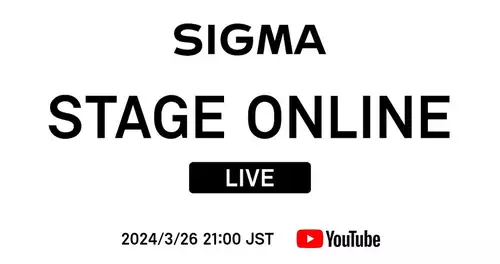Frage von Blackeagle123:
Hello,
by additive Farbsynthese can the color gray are produced.
Mixing the three primary colors, RGB, so you get pure black.
Gray is in the additive and subtractive color mixing, if the shares of the primary colors are the same Quote: Wikipedia The computer is clear to me if I value: enter 10/10/10, I have a lighter gray than the value: 100/100/100.
But once we take on, I have a box of watercolors. What do I mix to a light, which, to a dark gray to get?
(Please all purely theoretical things, that I better understand the Farbynthese! That rauskommt then a brown and gray is not clear to me. There are indeed special black cartridges in printers.) Many greetings,
Constantin
Antwort von roller247:

Additive: basic color = Red-Green-Blue (light screen)
Substraktiv: basic colors = red-blue-yellow (printing, ink)
at low pressure should be worth (very little color) produce lighter shades of gray, so higher. Alos:
Computer monitor / Light: Full color all colors = white
Print: Full color / opacity of all the basic colors = dark gray / black
be mixed, the basic colors in process substraktiven red-blue-yellow, depending on the same volume of the 3 colors, the darker the result.
Antwort von mov:

The above was my contribution ..
I think you have an additive and subtractive Farbsynthese confused
Antwort von Blackeagle123:

Hey,
as far as I have already understood. But say, I have 3 Fartöpfe, a red with a with a yellow and blue with Color!
Now I take 10g of each color in a third pot. It is the color black.
Then I take 100g of each color in a fourth pot. There is also the color black!
How can I create the color gray, without white to mix, how can I create different shades of gray (in both subtractive as synonymous in additive color mixing -> Is it even possible in both?).
Many greetings,
Constantin
Antwort von thos-berlin:

You wear your Farbgemischmisch with a transparent substance is diluted to (So when Tuschkasten eg with water).
Antwort von Blackeagle123:

So yet again on the Dilute only ... (Digital: Brightness)
And how do so many different shades of gray? So is there gray, with more red? Or will there be the primary colors (from the secondary colors were mixed RGB) mix?
Many greetings,
Constantin
Antwort von Markus:

That is the trick in the subtractive color mixing: You always need a support, such as a white paper on which the color is applied. Only then can all the colors of the CMYK color display.
Without the white base color white must be added in order to generate gray. Anders is not the point. Cyan, magenta and yellow result otherwise always (theoretically) Black, no preference if you have 10 g or 100 g of each primary color zusammenmischst.
Cross-reference:
Antwort von Blackeagle123:

Okay, sounds very logical.
But in addition to the single shade of gray in different magnitudes, there is synonymous with light gray blue, green, etc. (mostly artists' colors).
I've heard something like this that 3 colors from the secondary color (if the three basic primary colors RGB mix) be mixed ... But do not know exactly whether the order was what to do.
White perhaps someone? Would be great!
Theoretically, one could simply synonymous of the two colors of 10g and 9g take a color;)
Many greetings,
Constantin
Antwort von TheBubble:

Additive processes on a set of emitting light in certain wavelength ranges, one of the "Color" in the eyes adjust. Red, green and blue emit is in the perception of white (at a lower intensity than gray perceived), nothing is out no suggestion that it is perceived as black.
Subtractive methods assume that a fundamental radiation wavelength in the required fields exist (as white light Lighting) and reflects only certain wavelengths are allowed to select the desired color to produce.
Antwort von Markus:
 I've heard something like this that 3 colors from the secondary color (if the three basic primary colors RGB mix) be mixed ...
I've heard something like this that 3 colors from the secondary color (if the three basic primary colors RGB mix) be mixed ... What you always synonymous meant searched ...?! ;-)
When you print, usually only the three primary colors cyan, magenta and yellow, while black mainly for contrast enhancement added. Exceptions exist in the form of spot colors that can then use eg, where large areas have a certain hue, or color is not a company rastered repeatedly.
Anders sees it from stains. There are numerous colors available, but not (only) from the primary colors mixed together, but synonymous in the form of separate dyes are chemically manufactured. - If that was what your comment above has targeted.









